For most foreigners, a tour of Tuscany means Florence, Pisa, Siena, San Gimignano, and maybe Lucca. While these well-known cities and towns exemplify the Tuscany region’s medieval treasures, its history encompasses far more than the Medici, Michelangelo, and all that.
The enigmatic Etruscans were a major civilization of ancient Italy, and a little-visited region of Tuscany– south of Grosseto and just north of the border with Lazio – showcases their skills and sophistication.
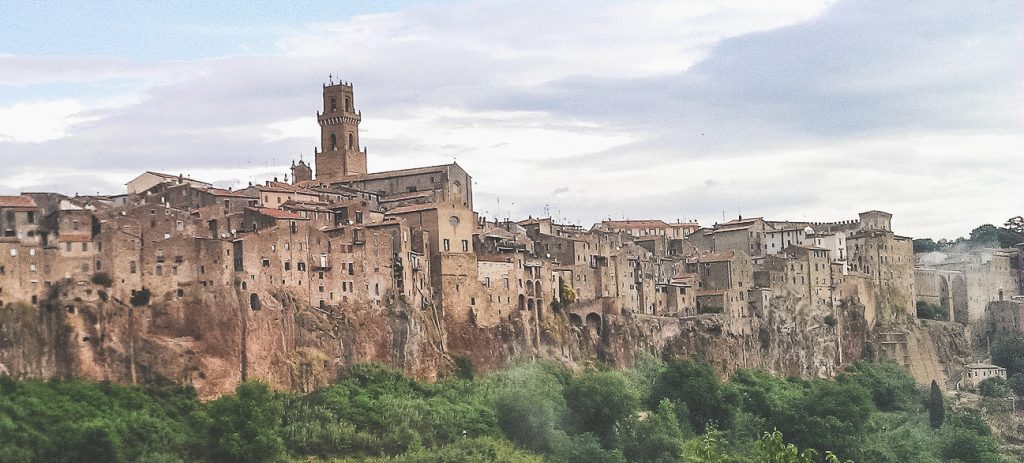
Where to Stay in Etruscany
The starting point for your visit is a triangle of towns – Sorano, Pitigliano, and Sovana. These three centers were connected by commerce back in Etruscan times and each, in its own way, bears testimony to this heritage.
Sovana has barely 100 residents today and is often ranked one of the 100 most beautiful towns in Italy. It boasts one four-star hotel, the Sovana Hotel, conveniently located on one of the hamlet’s three streets.
Sorano has a population of about 4,000 and also a four-star hotel, the Hotel Della Fortezza, built right into the town’s medieval Fortezza Orsini.
Pitigliano also has about 4,000 residents and an in-town locanda, Il Tufo Rosa, carved from the dominating fortress of its urban center (also built by the Orsini family in the Middle Ages).
Most visitors to all three locations wind up staying in agriturismo (agricultural tourism) farms or B & Bs. What these lodgings may lack in elegance is compensated by low prices and endless hospitality.
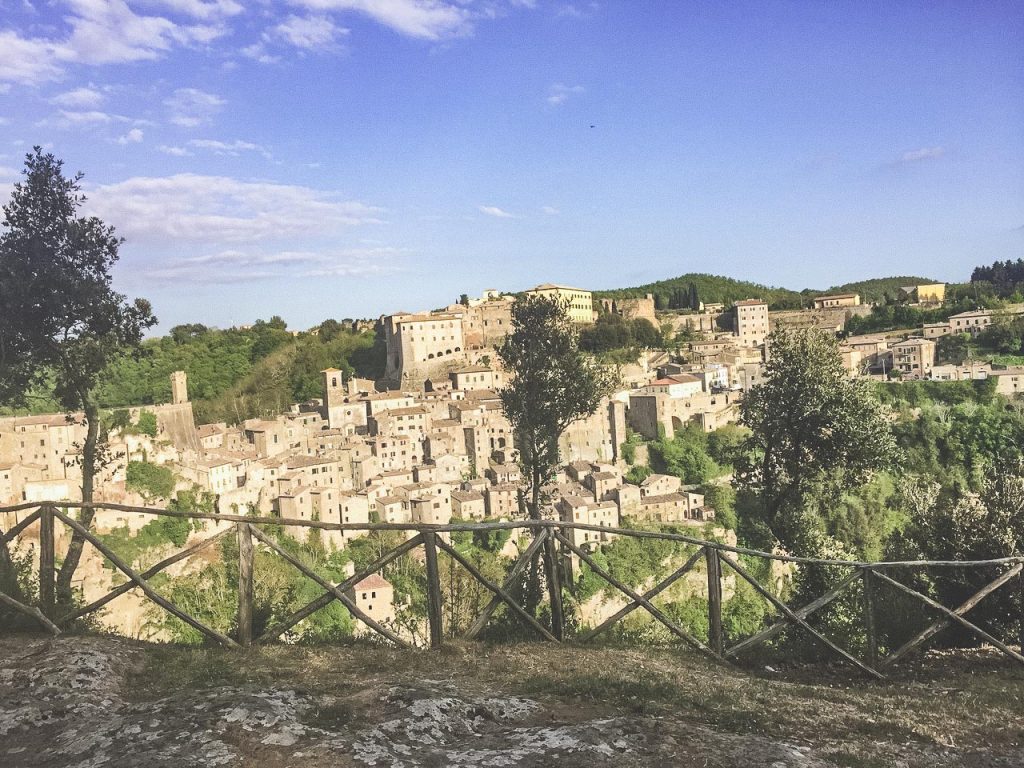
Parco Archeologico Citta del Tufo
Outdoor types, including hikers, bikers, and horseback riders, should start their explorations with The Parco Archeologico Citta del Tufo (the City of Tuff Archeological Park), just outside Sorano. This is Tuscany’s first archeological park, inaugurated in 1998, a perfect place to experience Etruscan culture, art, and architecture in a stunning natural setting.
The Etruscans were a dominant cultural power from 700 BC until 4 BC, when Rome overwhelmed them. They carved their homes, religious sites, and especially their tombs into the tuff, or tufo (porous volcanic rock) that abounds here, and some of the latter are showcased in the Parco Archeologico.
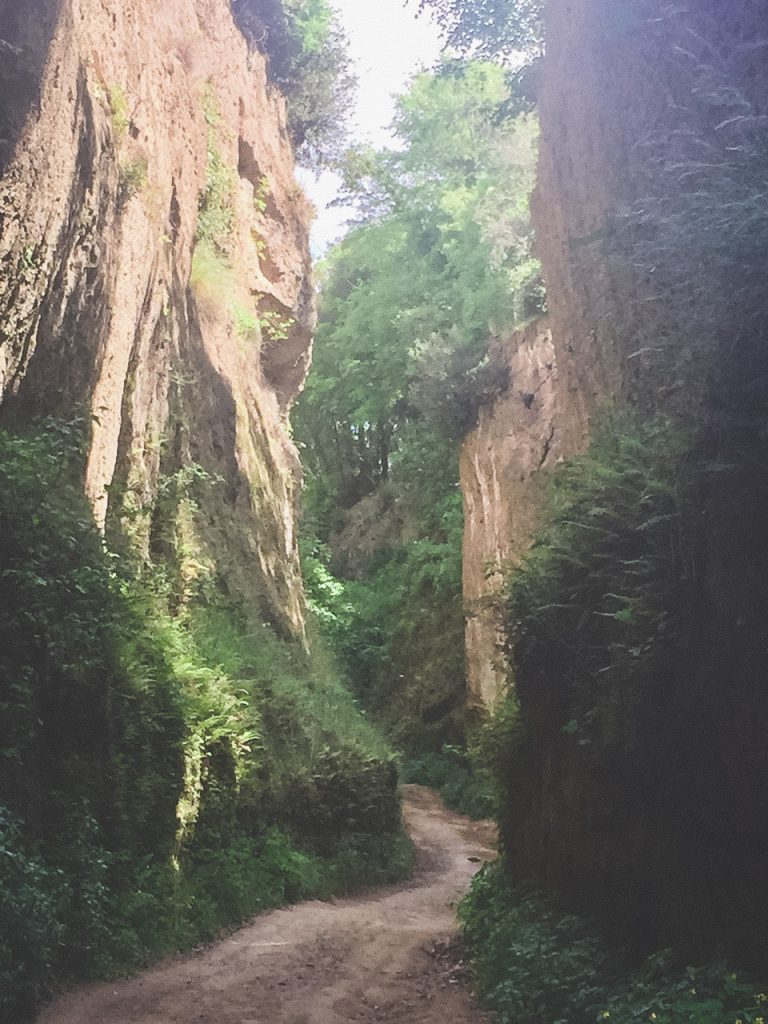
Vie Cave
Its 70 hectares encompass several areas of interest. The Vie Cave are a series of Etruscan trails that connect the three towns. Some lead through the woods as “normal” trails, others have been carved down through the tuff and become as paths cut through canyons, with carvings on the canyon “walls” and tombs high above. They are thought to have been created to carry the dead to their final resting place, and several of the trails lead to Etruscan burial sites, some simple, some exquisite.
The Via Cava San Rocco leads to a hilltop necropolis with an eye-popping view of Sorano. Appropriated called Belvedere, the tuff terrace is a natural resting place for hikers today. For the Etruscans, it was a permanent resting place, with tombs that are still unexplored.
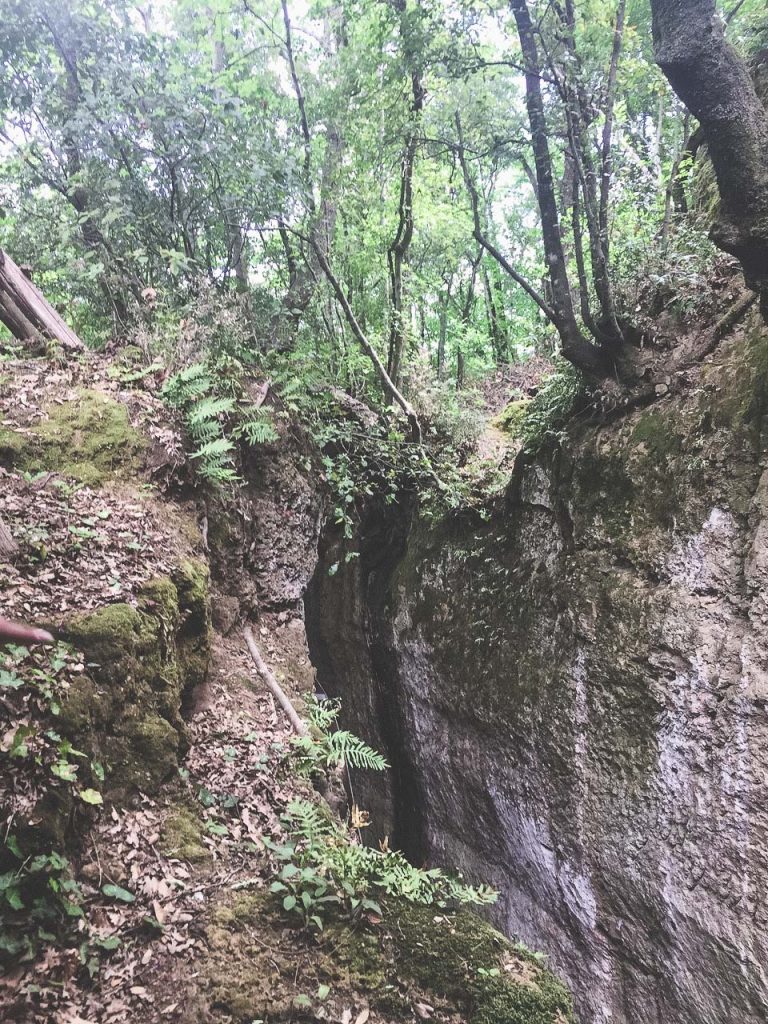
La Tomba Ildebranda
The most imposing of the Necropoli in the park is La Tomba Ildebranda, Its name comes from a native son of Sorano, Ildebrando Aldobrandeschi, who became Pope Gregory VII, though the tomb itself dates from around 2 AC. It has six columns, two sets of stairs, an elaborate façade, and is partly open to visitors.
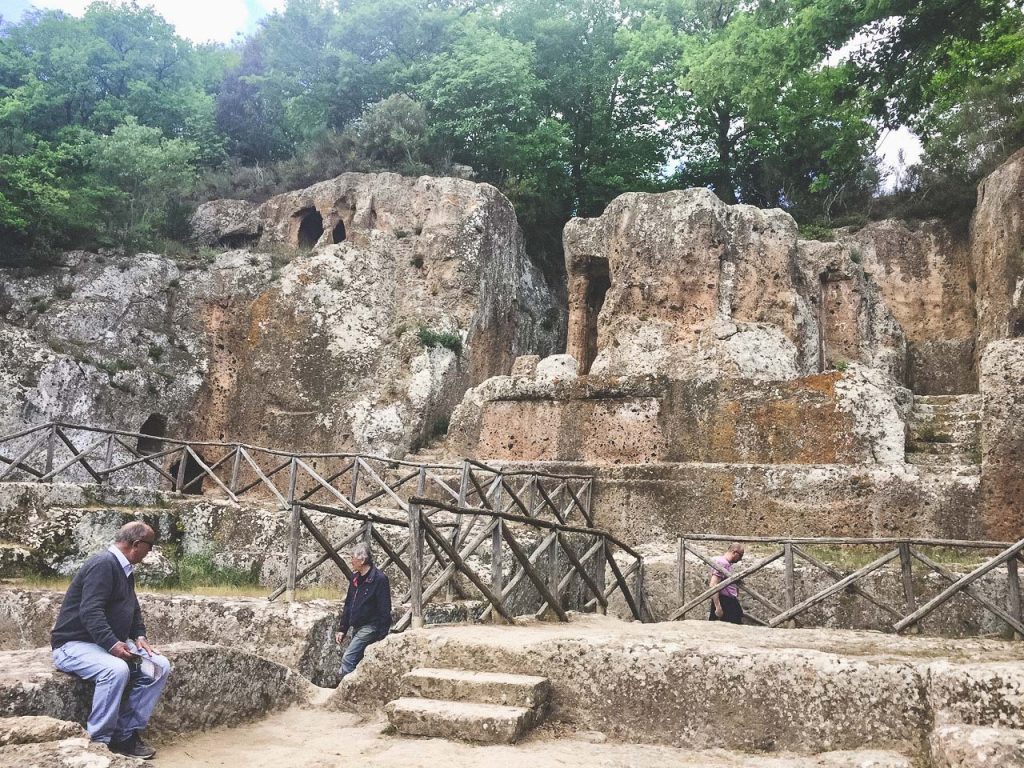
Necropolis of Sopriaripa
Less majestic but more refined is the Necropolis of Sopraripa, guarded by two demons of Etruscan folklore, Charun and Vanth. At the entrance is a well-preserved sculpture of what seems to be a mermaid, hence the tomb’s name: Tomba della Sirena. But the “mermaid” is probably Scilla, a marine monster of Greek mythology. The Etruscans borrowed heavily from the Greeks, who were trading partners during the heyday of Etruscan economic power. (As our guide scoffed when explaining this history: “Globalization is nothing new. The Etruscans were doing it millennia ago.”)
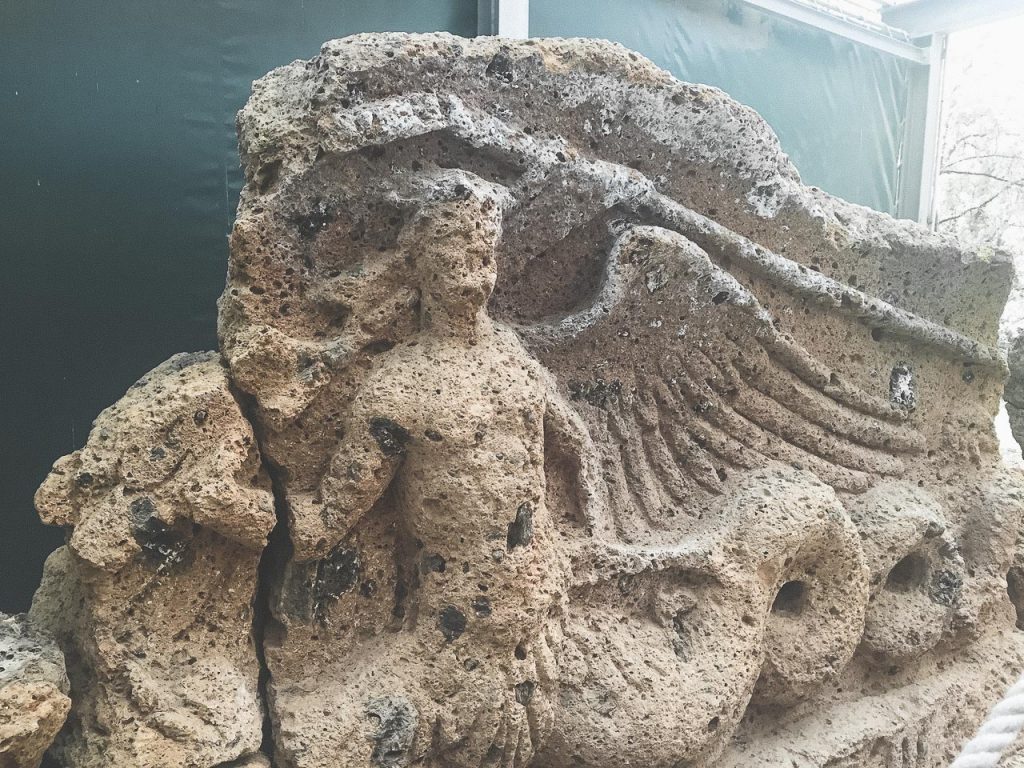
“Lost Town” of Vitozza
The easiest itinerary to hike, or ride, is the “lost town” of Vitozza, also known as the Matera of central Italy. A series of trails lead you past 180 grottos carved into the tuff rock. The Etruscans probably used some of them for religious rites, but they came into their own during the Middle Ages, when the local population used them for storage, for animal shelter, and for lodging. Some of the caves were Spartan dwellings, but others were elaborate duplex apartments with rooftop terraces and running water.
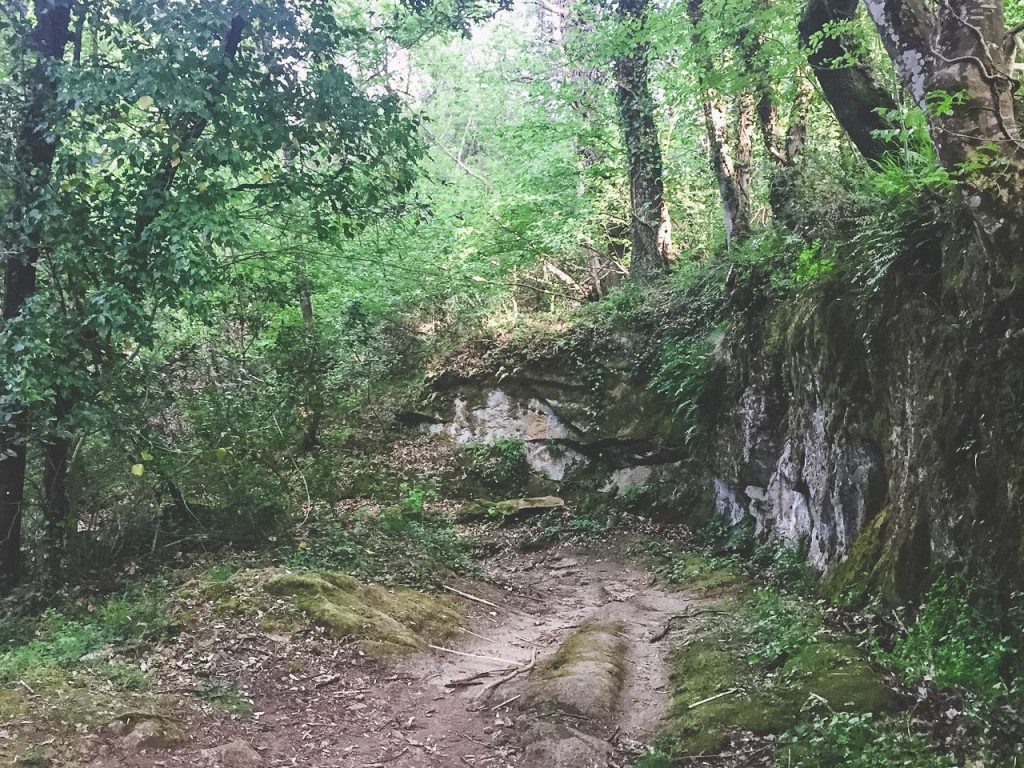
Tuscany Regions: Tips for You Trip to Etruscany
Best time to come is spring or autumn. Bring hiking boots, drinking water, and sustainable snacks (there are no concessions in the park itself: no garbage bins, no vending machines, no public toilets). I strongly recommend to write ahead and arrange for a local English-speaking guide who can make this magical place come alive. Ours was Irene Belli, and she was splendid. Write to info@terredeltufo.com or visit their website: www.terredeltufo.com
Did you miss part the other 2 parts of this short series on Etruscany? Click here to learn more and plan your trip to Southern Tuscany:
Tuscan Food – Discover Etruscan Cooking
Etruscan Triangle in Southern Tuscany
Tuscany Regions – Discover Etruscany
Hotels in the Etruscany region:
More Articles about Tuscany
Claudia Flisi wrote and photographed the article Tuscany Regions – Exploring Etruscany for EuropeUpClose.com.
Pin for later: Tuscany Regions – Etruscany:
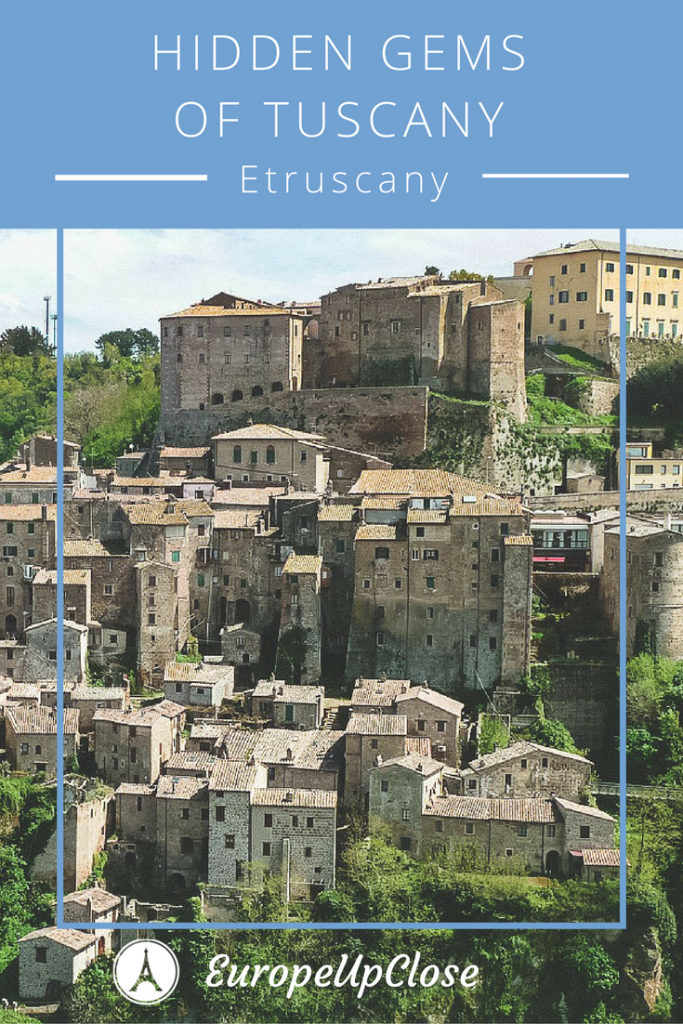

Nicole Jackson
Wednesday 24th of May 2017
Traveling is always a good thing in life, it fill your souls.